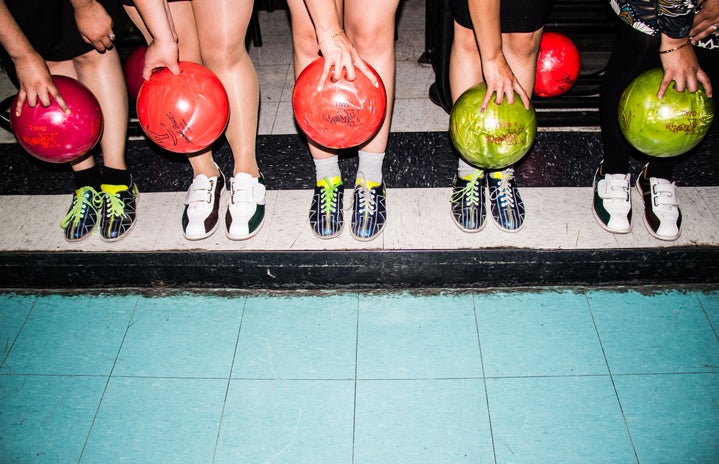Guna Yala is a nation consisting of the Guna people. Part of their land is within the rainforests of Panama, which many fled to to escape the Spanish invasion of their land. They fled to what is commonly known as the San Blas Islands to escape this violent persecution. On March 25, I had the wonderful opportunity to meet these people and learn more about their past, present and hopes for the future.
Tourism is an important source of income – 80 percent, in fact, according to the father of the class translator, Dwigdi Valiente. While this has brought a lot of profit, so much that fishing has declined, it also leaves the Guna too dependent on tourism as income. What if the numbers of tourists drastically decline? Many Guna would be financially strained. For this reason, there are efforts to adopt a capitalistic approach to business, where each Guna can buy a maximum of 10 stocks in a transportation company. This would allow the Guna to diversify its economy beyond tourism.
I felt deeply inspired by the story of the Guna. Despite the efforts by the Spanish and later Panamian nation to subjugate them, they had been able to gain complete sovereignty from Panama. The Kuna Congress is one the Panamian must respect as written in the constitution. However, the threat of climate change, which puts the lives of many Guna in the islands at risk, poses new difficulties. Help from the Panamanian government has been difficult and plans to create housing on the mainland in which to house them have been axed due to lack of funding. They would be the first group to be forced to move due to climate change, which they themselves did not contribute to.
It is industrialized nations such as the U.S., China and so forth who have contributed to climate change, yet the people living there have little idea as to the effects of their fossil use on other people. While I never thought very much about environmental change, I realize how it is deeply connected to the issues I care about beyond the surface level. It is people of color who will often bear the brunt of natural disasters due to the inequities within our society that only increase. In my own hometown, a predominantly Black and Latin neighborhood, there is the toxic East Bronx river, tainted after years of industry and garbage left too often in poor neighborhoods, many of which consist of non-Whites.
Yet, there is reason to hope that there can be changes made. It may not be in our lifetimes that the issues of environmental degradation and racism are improved greatly. In fact, we must prepare yourselves for setbacks with the growing tide of resistance to acknowledge both racism and climate change. We must also be more willing to address issues of race and class and how they can compound the lack of proper environmental protection.
In my experience, too often I have seen many environmentalists are White and middle-class, which is something that I find troubling. It is people of color and the lower classes who need the tools and awareness more than anyone else as they are often the most marginalized and exploited in our society, yet I see a dearth of representation whether in the Climate March of New York some four years ago. This is why the Panama trip was refreshing; it was people of color speaking about the problems of climate change, tourism and their efforts to spread knowledge about sustainability to the next generation. We need a more diverse range of people to be allowed the opportunity to speak about the environmental issues in their communities and be heard as equals, instead of no one questioning their absence.
Photo Courtesy of Creative Commons

